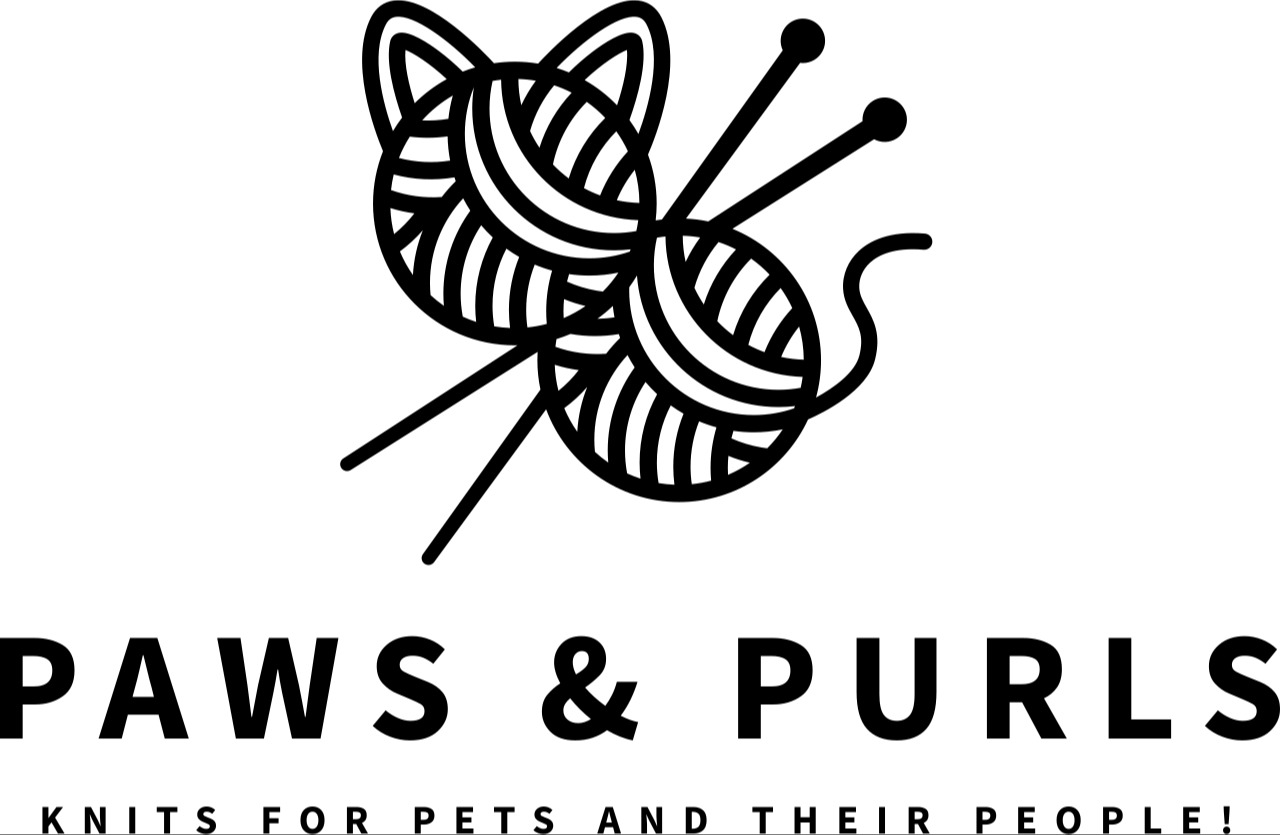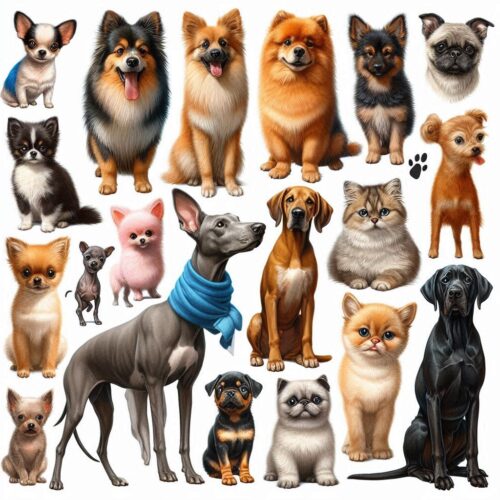Knitting for dogs goes beyond just making something cute. Different breeds have different needs, and what works for a Labrador might not suit a Poodle. Knowing your dog’s specific requirements ensures they stay cozy and comfy.
Start by considering fur types. Some dogs have short, fine fur, while others boast thick, fluffy coats. For dogs with thinner fur like a Greyhound, go for soft, warm yarns like merino wool. Fluffier breeds like Samoyeds might need lighter materials to avoid overheating.
Knitting techniques matter too. Dogs are active, so your creations need to withstand a bit of rough and tumble. Using tighter stitches can add durability. When making sweaters, consider the breed’s shape. Dachshunds, with their longer torsos, benefit from lengthier patterns, while a Corgi’s short legs need extra room in the design.
Patterns can make or break your project. Small breeds like Chihuahuas look adorable in tiny, detailed sweaters, but accuracy is key. Medium dogs like Beagles enjoy more flexibility, so standard patterns usually fit well after minor tweaks. Large breeds like Golden Retrievers might need custom patterns to accommodate their size, ensuring a cozy fit without restricting movement.
Breeds aren’t just about size but also personality and activity level. Active breeds might snag open stitches like lace more easily, so closed patterns work best. Lazy couch potatoes can handle more elaborate designs since they aren’t romping through the bushes. Always consider how your pup likes to live its life.
Sizing Matters: Knitting for Dogs from Chihuahuas to Great Danes
Getting the perfect fit for your knitted pet wear involves more than just guessing sizes. Accurate measurements ensure your handiwork is comfy and practical.
Essential measurements include the neck, chest, and length from neck to tail. Grab a flexible tape measure and jot down these sizes. Don’t forget to account for fur thickness—fluffy dogs might need a bit more room.
Customizing patterns is easier than it sounds. For tiny breeds like Chihuahuas, scale patterns down by reducing stitch counts, but keep the proportions. Larger breeds, like Great Danes, require adding stitches and rows to match their bigger frames. Pro tip: Always test the size with a mock-up using a cheaper yarn before using your fancy materials.
Scaling your projects isn’t about just making things bigger or smaller. It’s about maintaining the right proportions. If a pattern has intricate designs, ensure they aren’t too tight on smaller breeds or stretched out on giants. Adjust spacing and placement of these designs to suit each dog’s size.
Common fitting issues often crop up around the limbs and underbelly. Looser neck openings for larger dogs make it easier to get the sweater on and off. Adjustable elements like buttons or stretchy materials can help achieve a snug fit without discomfort. For smaller breeds, ensure the garment doesn’t hang loose and cause tripping hazards.
Think about how active your dog is. Active breeds need more moveable space, while more relaxed dogs might appreciate something snugger. Always prioritize comfort over aesthetics.


What a fantastic and insightful guide on knitting for different dog breeds and sizes! I’ve found that tailoring knitted items to the unique needs of each breed really makes a difference in their comfort and overall enjoyment. For instance, when knitting for my own French Bulldog, I learned that using a stretchy yarn was essential to accommodate her wrinkly little body and provide ease of movement.
One thing I’ve noticed is that while adjusting patterns for different sizes is crucial, so is choosing the right stitch pattern. For my active Labrador, I use tighter stitches to ensure durability, as you suggested. But for my older Poodle, a softer, more open stitch pattern is perfect for added breathability and comfort.
Have you considered any specific adjustments for breeds with very short coats or those prone to skin issues? It would be interesting to hear if there are additional tips or techniques to ensure these sensitive dogs get the most out of their knitted garments.
Thank you for your wonderful feedback! I’m glad you found the guide insightful. It’s great to hear how tailoring items to each breed makes such a difference in comfort. Your experience with using stretchy yarn for your French Bulldog is a fantastic tip, as it allows for better movement, especially with their unique body shape.
I completely agree about the importance of choosing the right stitch pattern. Tighter stitches for your active Labrador and softer, more open patterns for your older Poodle sound like perfect approaches for their needs.
For breeds with very short coats or those prone to skin issues, I’d suggest using soft, hypoallergenic yarns to avoid irritation. Additionally, considering a slightly looser fit can help prevent friction against their skin. I hope that helps!